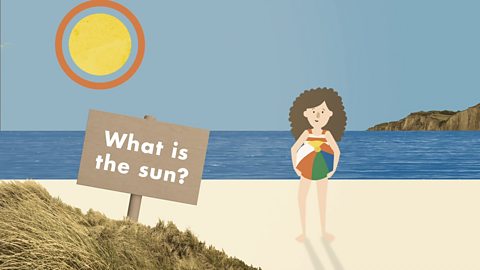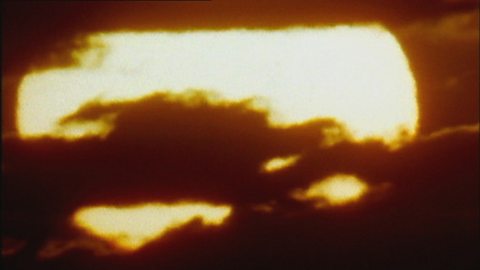Seymour: Hello! Seymour Science here on a chilly, no, windy, no, sunny day. Today we're talking about seasons, with my expert friend - Gabby.
Gabby: Thanks Seymour, so what are seasons? Well, in Britain, each year has four seasons. Spring, summer, autumn and winter and each season usually lasts three months.
Gabby: Spring is March, April and May and the weather can be sunny, rainy, dry and windy. Look out for frogspawn, birds building nests, caterpillars and baby animals.
Seymour: Done, next!
Gabby: Summer is June, July and August. It's usually drier and warmer, although you can still get rain. Keep an eye out for flowers, bees, ladybirds, frogs and trees full of leaves.
Seymour: Got them, next!
Gabby: Autumn: September, October and November usually start quite mild, but can then get rainy, windy and a bit colder. Most trees drop their leaves in autumn too. Look out for caterpillars in cocoons, slugs and snails under leaves, hedgehogs hibernating, squirrels burying nuts.
Seymour: Done!
Gabby: Last up is winter, which is December, January and February. It can be wet, snowy and frosty. Look out for trees with no leaves, evergreen plants, geese and robins and animals building underground nests to stay warm.
Seymour: Woohoo!
Seymour’s Mum: Seymour! What have you done with the squirty cream?
Seymour: Whoops!
More on Earth and space
Find out more by working through a topic
- count3 of 6

- count4 of 6

- count5 of 6

- count6 of 6
